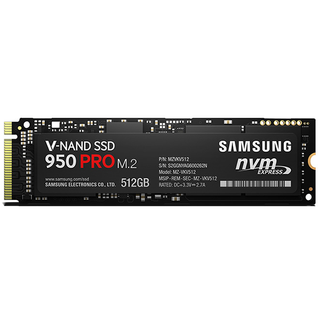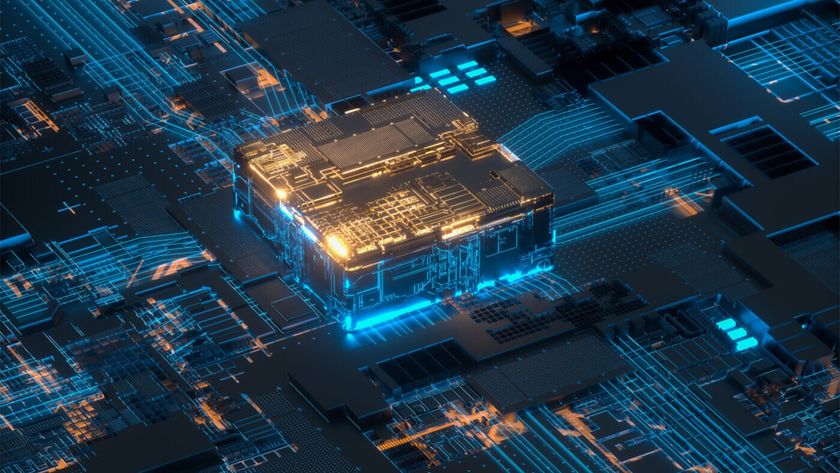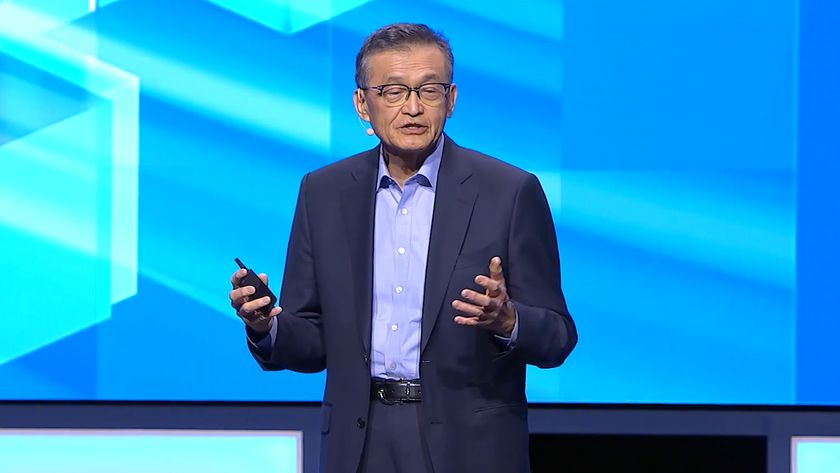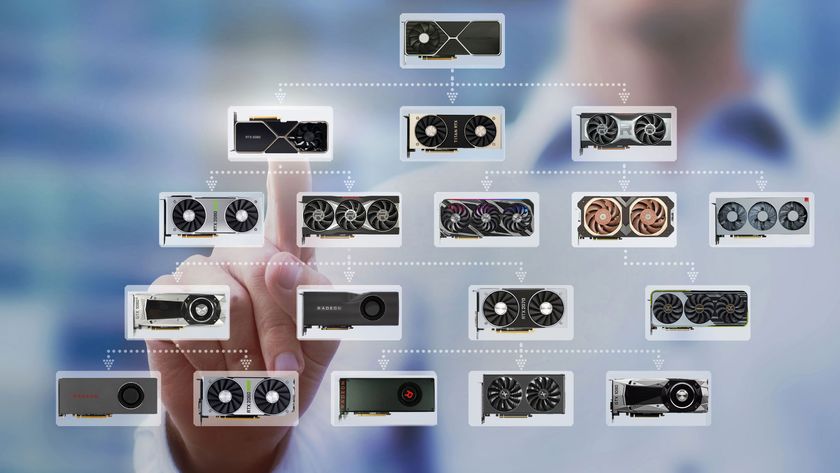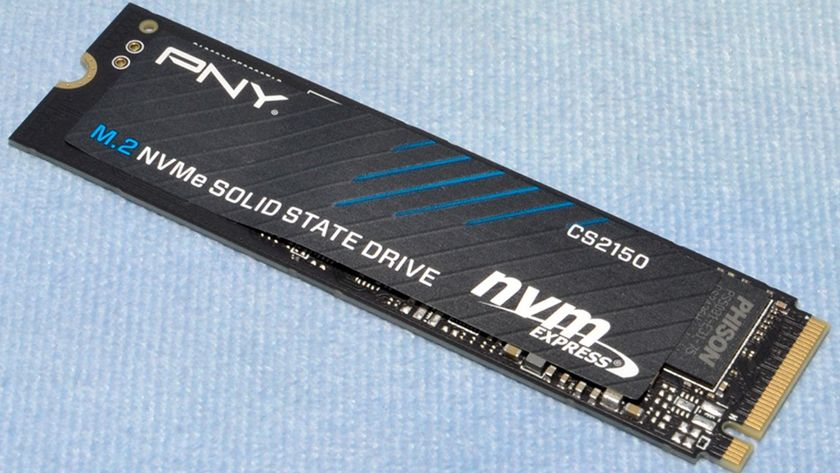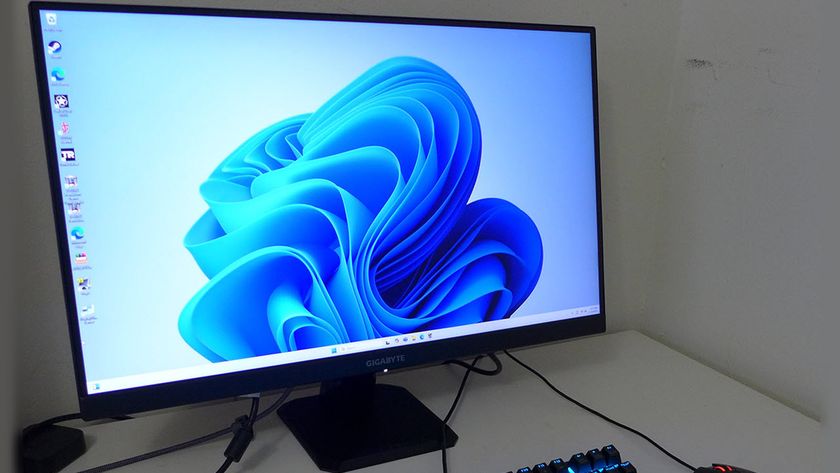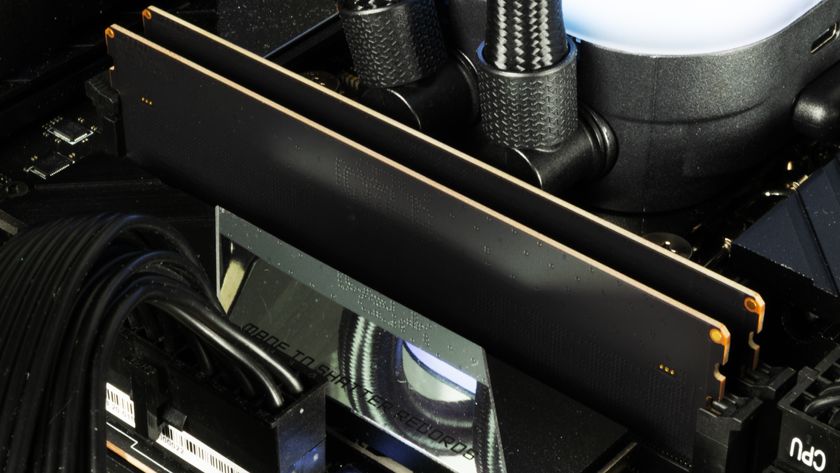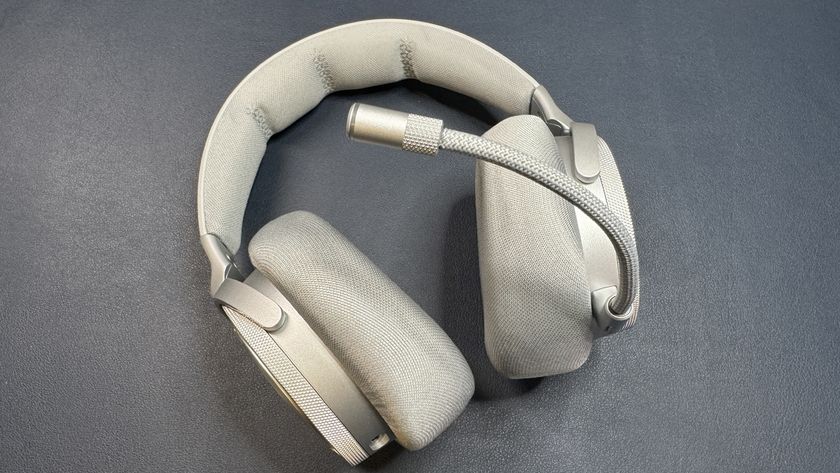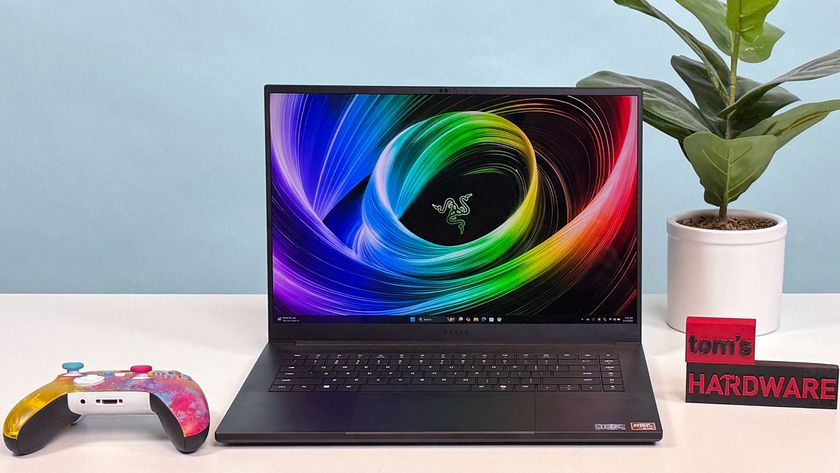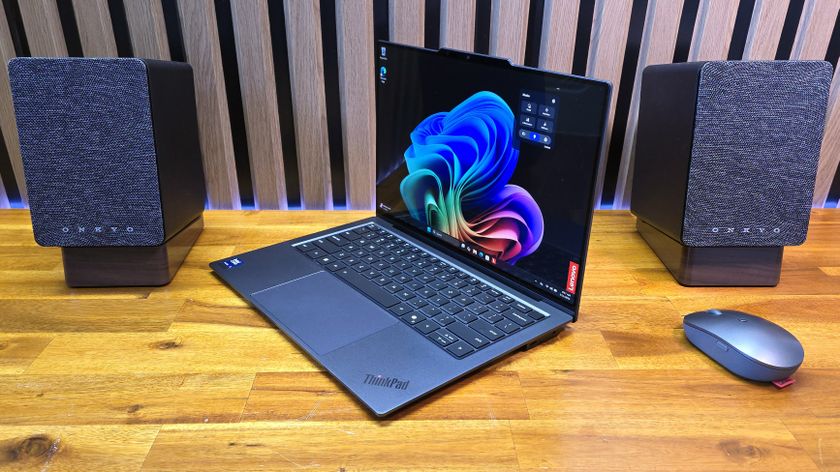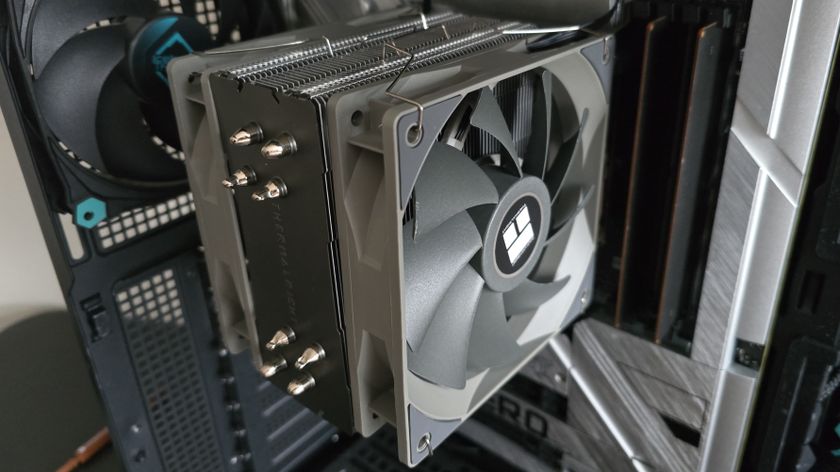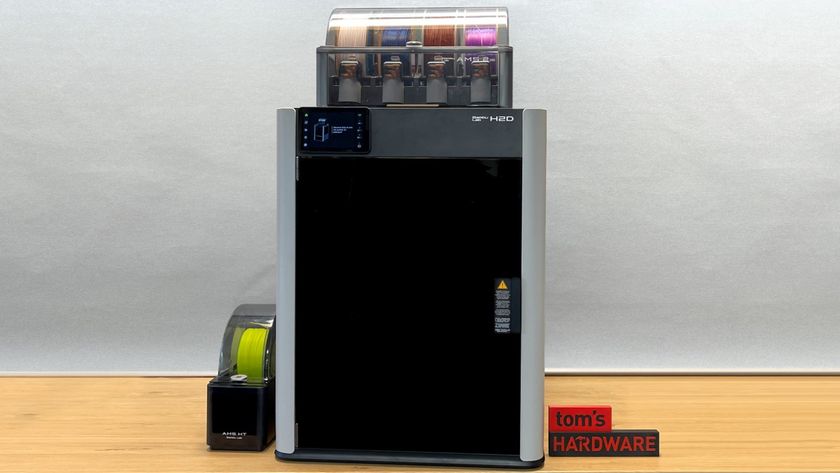Early Verdict
The Samsung 950 Pro sets a new bar for high performance storage and brings it to market at a low price point. Samsung didn't need to lean on power hungry enterprise controllers or ridiculous adapters + cables either to enable NVMe technology in desktops. The number of NVMe capable notebooks is very small but eventually the 950 Pro will work as an upgrade to lower quality m.2 SSDs shipping in OEM systems. The m.2 form factor is elegant, powerful, and the right price for Z97, X99 and Z170 motherboard owners.
Pros
- +
The 950 Pro delivers class leading performance at a good price point, thermal envelope and low power consumption. Advanced software features seal the deal but we're still waiting to see Rapid Mode for this product.
Cons
- -
The 950 Pro needs a 1TB model to satisfy power users and a 2TB model for gamers with large Steam / Origin libraries. Magician Software with Windows 10 support is lacking at this time but Samsung is working on it.
Why you can trust Tom's Hardware
Introduction
Samsung continues to lead the SSD market. Its new 950 Pro delivers blistering performance in an elegant package. This beauty is a beast, but you might be surprised to learn that it's also affordable.
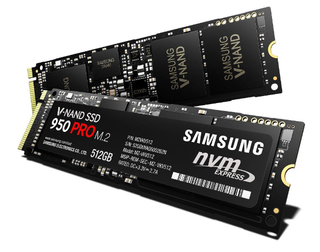
Today marks an important milestone in storage history. The Non-Volatile Memory Express (NVMe) protocol will replace AHCI across a large number of devices, improving the user experience as it reduces latency. This is all thanks to the first product designed specifically for client use, Samsung's 950 Pro.
For years, storage enthusiasts watched other subsystems enjoy massive performance increases at the hands of new technology and advanced manufacturing. Hard drives, and even SSDs, just couldn't scale at the same pace as CPUs, RAM or GPUs. AHCI-enabled solid-state drives did shrink the gap, but quickly became limited by legacy interfaces designed for mechanical disks.
NVMe changes the rules. Recently, Intel divulged that the protocol was designed for 3D XPoint. But that didn't stop SSD manufacturers from adapting it to more traditional flash-based storage products. Intel already introduced a high-end NVMe-based drive to the client segment by utilizing an expensive and power-hungry controller from its data center portfolio. But the 950 Pro is different. Its M.2 form factor facilitates lower power consumption than Intel's SSD 750, which is limited to the 2.5" and add-in card form factors due to a 12V requirement. Enterprise-class technology like that often finds its way onto the desktop, even though it can be clumsy. For instance, many data center devices need more air flow. When you bring them over to enthusiast PCs, it becomes necessary to augment your cooling and cope with the resulting noise.
The 950 Pro also differs from the SM951 and SM951-NVMe. This new model is a retail product, and it comes with tools developed by Samsung to improve your user experience. Samsung will make the drivers readily available, along with the company's SSD toolbox software called Magician. The company also has an in-house cloning tool you'll get access to. In comparison, the SM951s are designed for OEM customers, and gray market products usually lack official drivers and software. Many enthusiasts have purchased the SM951-NVMe, only to fall back on Microsoft's built-in drivers. Without the NVMe software that HP recently published, you leave roughly 30% of the SM951-NVMe's random performance tied up in the driver stack. Not every user knows to jump through those hoops. Retail products like the 950 Pro simplify support greatly.
Technical Specifications
The 950 Pro is available in two capacities: 256 and 512GB. Samsung tells us that a 1TB model will launch early in 2016, and it'll employ Samsung's 48-layer MLC V-NAND, which stacks more memory cells without decreasing the number of usable dies per wafer. The two 950 Pros introduced today use Samsung's 32-layer MLC V-NAND. The 48-layer stuff won't enter production until later this year.
At the 950 Pro's heart is a Samsung UBX controller, the same one found on the SM951 and SM951-NVMe. This is Samsung's catch-all PCIe-to-NAND flash controller for 2015, it seems. An enterprise-oriented version with host power-fail protection is expected later this year as well, and it'll be called the SM953. The UBX controller is manufactured on a 32nm node and consists of three ARM Cortex-R4 cores running at 500MHz. The controller can address eight channels with eight-way interleaving. Error correction comes in the form of BCH, so we don't expect Samsung to utilize three-bit-per-cell flash without heavy modifications.
Expect the 512GB 950 Pro to be faster than the 256GB model, delivering up to 2500 MB/s sequential read and 1500 MB/s sequential writes. Its random performance specs are also impressive. At a queue depth of one, random reads can hit up to 12,000 IOPS according to Samsung. Those sequential numbers come from an enterprise-class workload, so you shouldn't expect to see 2.5 GB/s on the desktop. Still, the SSD is very, very fast.
The 950 Pros should also support AES 256-bit FDE with eDrive and TCG Opal. This wasn't enabled on our review sample; however, retail drives are expected to receive a firmware update either before release or not long after. AES encryption is not enabled on the SM951 either, but we've yet to hear anyone complain about the omission.
Pricing
Samsung's 950 Pro 256GB has an MSRP of $200. The 512GB model should sell for $350. The obvious comparison to the 950 Pro is Intel's SSD 750 400GB. Newegg currently has that drive priced at $360, and we have both of Intel's client-oriented NVMe products in today's charts for performance comparisons.
Warranty
The 950 Pros include five-year warranties limited by the total amount of data written to the drive. Samsung's 256GB version is capped at 200 terabytes written (TBW) and the 512GB drive doubles that to 400 TBW. Both 950 Pros increase the TBW limit over the 850 Pro by 50 TBW (256GB comparison) and 100 TBW (512GB comparison).
Accessories
Magician software to enable Rapid Mode was not available in time for our review. However, Samsung says it'll release the utility soon. The company also has its own drive cloning software for retail-branded SSDs. It will be interesting to see how Samsung handles booting from the NVMe driver on a cloned operating system. You may need to fiddle with BIOS settings and the original operating system to get a smooth transition. This would include installing an NVMe driver in Windows 7. The Microsoft driver built into Windows 8.x and Windows 10 is a bit easier.
Software tools aside, the 950 Pro only ships with the M.2 2280 form factor drive and two Samsung SSD stickers for the outside of your notebook or desktop PC.
MORE: Best SSDs For The Money
MORE: Latest Storage News
MORE: Storage in the Forums
-
alidan you need to had a standard hdd to some of these, such as the gaming benchmark, as i want to say most of us dont have money for a ssd game drive, but a 4tb drive that can almost hold every game you own if you install everything, that's more readily available, apposed to the same price for 1/8th the space.Reply -
Larry Litmanen I always wondered why was M.2 designed to lay flat on the motherboard and not sideways like RAM. Wouldn't you save a lot more space on the mobo, plus if it is sideways you can easily find a spot for it on MITX boards.Reply
Also, if i have a modern motherboard (i have MSI Gaming 5, Z97) do i need to go into the BIOS and change something if i want to install this M.2 NVMe SSD.
I know you had to do something on older mobos when installing an SSD. -
Larry Litmanen Replyyou need to had a standard hdd to some of these, such as the gaming benchmark, as i want to say most of us dont have money for a ssd game drive, but a 4tb drive that can almost hold every game you own if you install everything, that's more readily available, apposed to the same price for 1/8th the space.
I game a lot and i have 850 Pro in 256 GB capacity. You don't really need that much space for games if you keep only 2-3 games installed at once. I play one game at a time, when i finish i just uninstall it. What's the point of saving it on PC if i will not play it again ever or at least for a while.
-
jtown80 alidan... no one wants reviews of standard Hard drives. Your behind the times if your still focusing on them and it is pointless to do benchmarks on them.Reply -
CRamseyer Hard drive performance barely even show up on the results when we show throughput performance. The reverse happens in the latency tests, the HDD lines are so long you can hardly see the NVMe performance.Reply -
rgd1101 Can you check the temp and power usage?Reply
Perform much better on the Z170 then on the Z97 reviewed at anandtech.com
Wonder how it perform on an AMD motherboard. -
tom10167 Very cool, I was/am excited for this. However the real world bencmarks say it all. Best case scenario 12 seconds on a 6 minute job is not much and many of those tests were showing half a second difference in performance. Nowhere near good enough for me. Still a nice step but I'll wait for cheaper m2 drives.Reply -
rgd1101 850 PRO EVO is cheaper. Wish they compare both 512GB m.2 and the SATA drive.Reply
Real world peformance probably close. -
arossetti I'm glad this form factor is starting to take off and is reasonably priced. Less cables and power connectors to muck up a build.Reply
